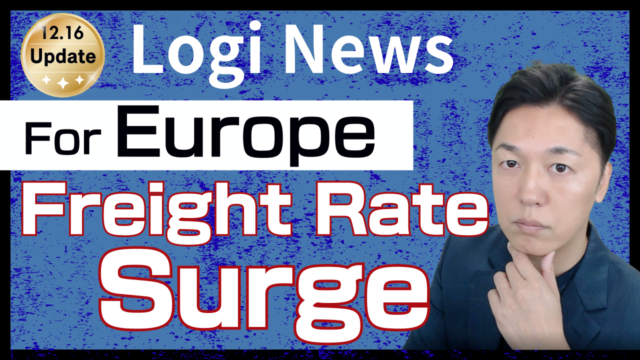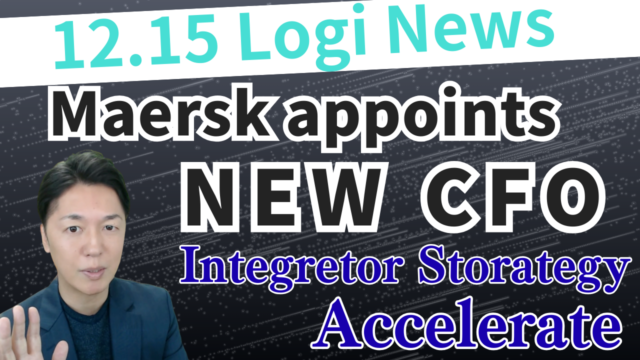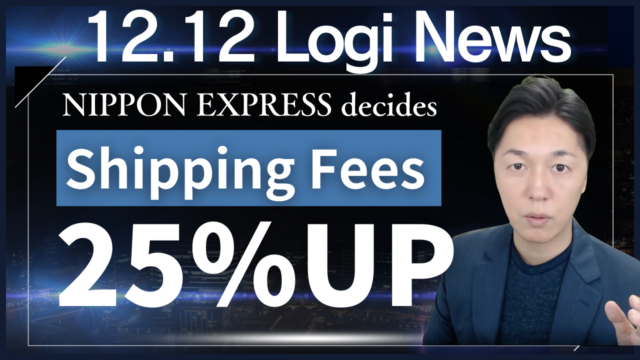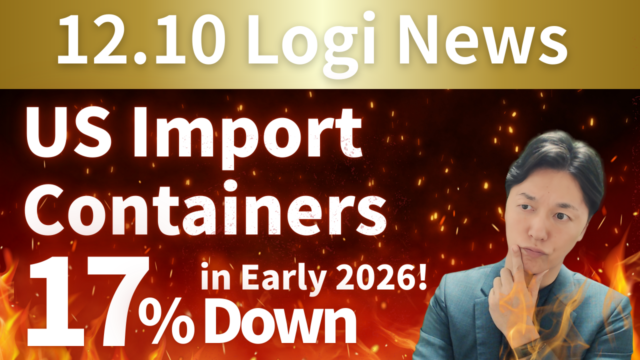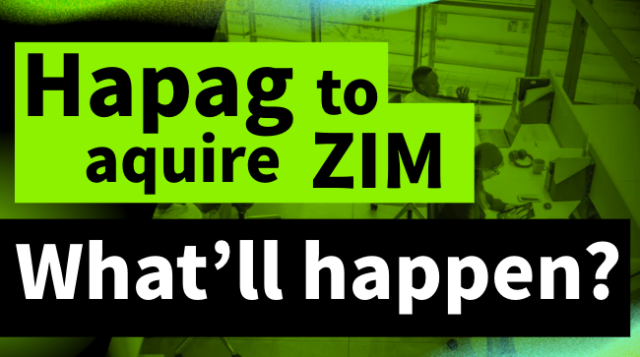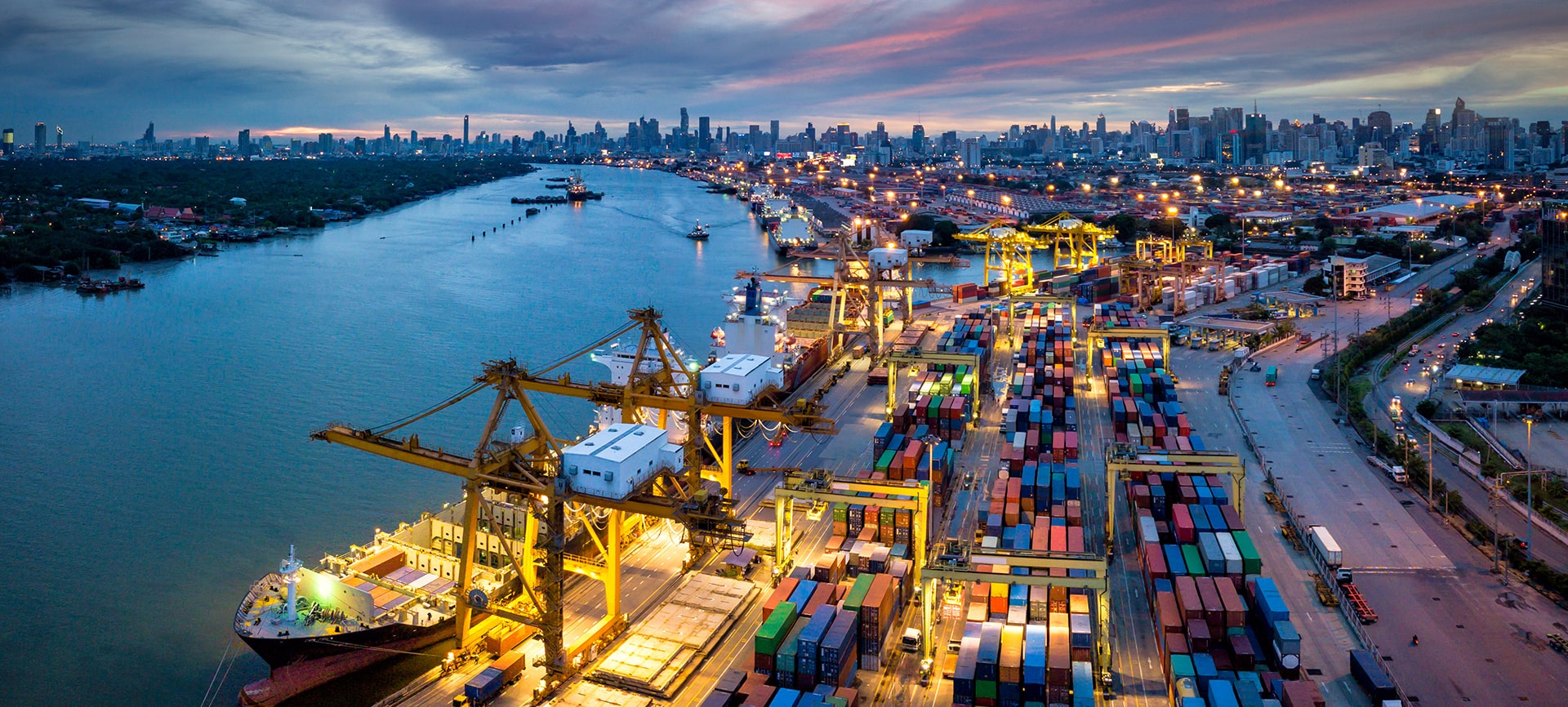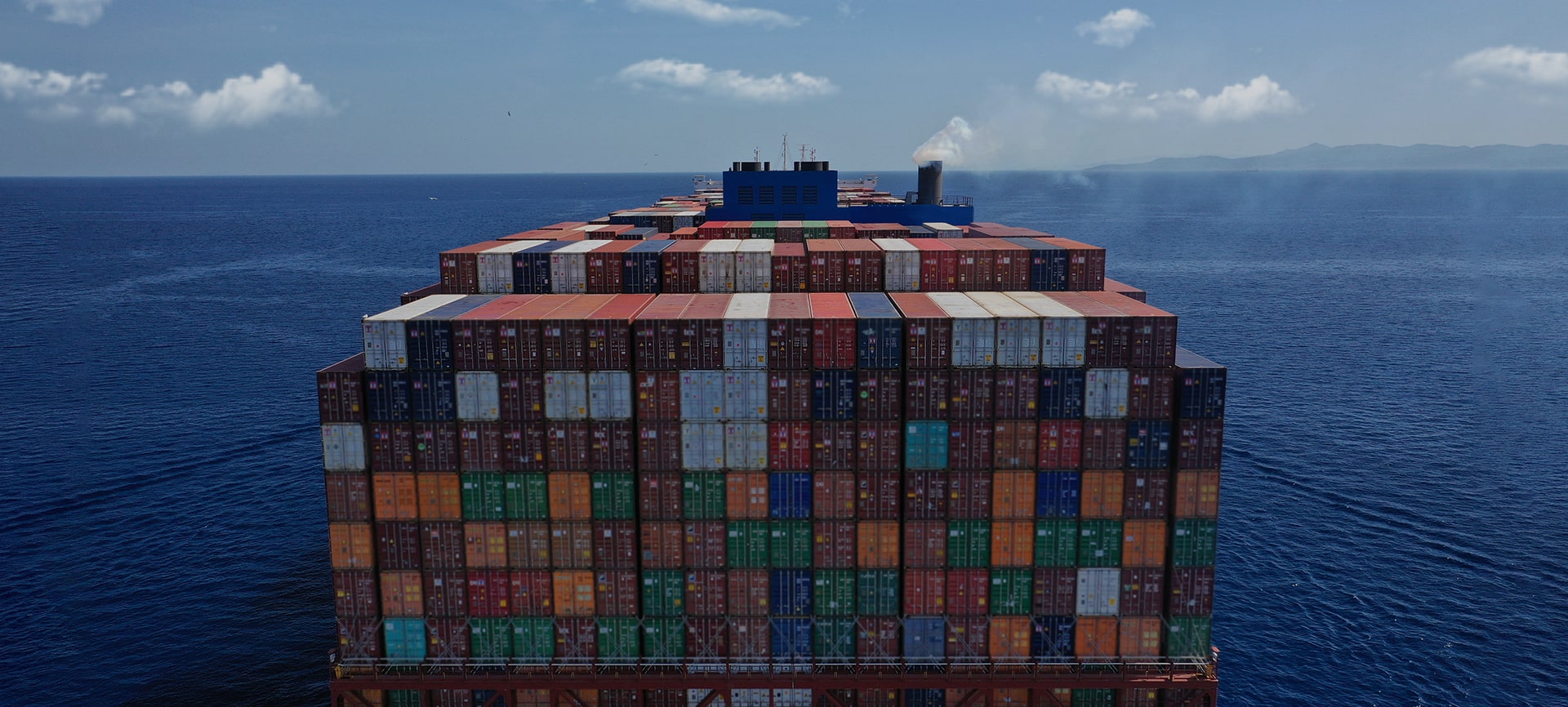Posted on: October 30, 2025 / Last updated: October 30, 2025
Forwarder Showdown: DSV vs Kuehne + Nagel in the Global Customer Battle
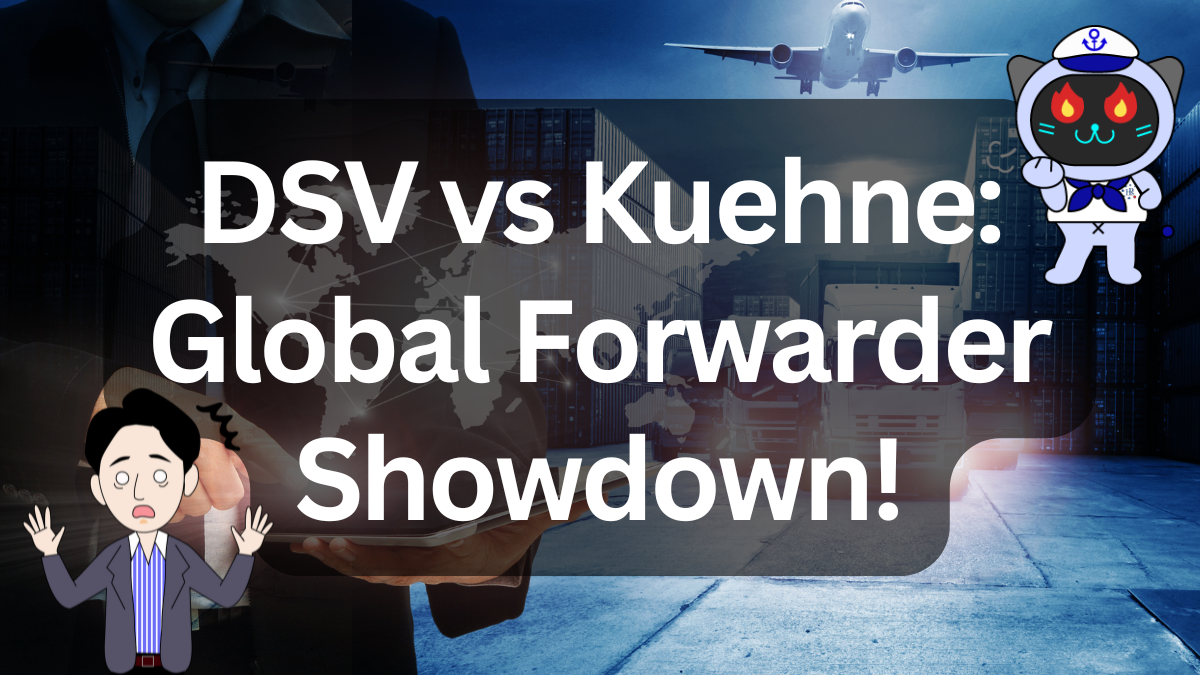
In 2025, the balance of power in the forwarding industry is shifting dramatically.
The main players are DSV (Denmark) and Kuehne + Nagel (Switzerland).
These two logistics giants are now engaged in a fierce battle to win customers.
The stage is the “Tender Season,” the annual contract renewal period that determines who dominates global trade lanes.
CONTENTS
DSV’s Bold Move: The Record-Breaking DB Schenker Merger
In 2025, DSV acquired the German logistics giant DB Schenker for USD 16.2 billion (about 2 trillion yen).
This deal surpasses its previous takeovers of Panalpina, Agility, and UTi—marking the largest acquisition in DSV’s history.
The acquisition transformed DSV into one of the world’s largest freight forwarders.
However, expansion brings risk—especially customer attrition.
After previous mergers, some major clients defected to competitors. Now, with DB Schenker’s massive integration, DSV faces its toughest challenge yet: retaining its global customer base.
Tender Season Arrives: A True Test of Integration
During the Q3 financial briefing, CFO Michael Ebbe stated,
“All competitors are targeting us, but we remain the market leader.
Normally, we might expect some customer churn at this stage, but not yet.
Still, this tender season will be the real test.”
Each year, shippers review their logistics contracts during the tender period.
It’s the most crucial time for forwarders, especially on Asia–Europe and Trans-Pacific routes.
For DSV, success in this tender season will determine whether the merger truly delivers.
Kuehne + Nagel Targets DSV’s Weak Spots
Meanwhile, Kuehne + Nagel (K+N) is quietly capitalizing on DSV’s post-merger transition.
CEO Stefan Paul noted, “We are already expanding our air freight share by leveraging DSV’s integration gaps.”
K+N is attacking first through air freight, where short-term contracts enable quick client shifts.
Next comes ocean freight, where RFQ cycles twice a year open further opportunities.
For K+N, this tender season is a chance to strike back.
Financial Results Reveal the Battle Lines
- DSV Q3 2025
Revenue: USD 11.7 billion (+63%)
EBIT: USD 842 million (+23%)
Net Profit: USD 335 million (−24%) - Kuehne + Nagel Q3 2025
Revenue: USD 7.6 billion (−7%)
EBIT: USD 358 million (−37%)
Net Profit: USD 259 million (−36%)
DSV’s performance appears strong due to the merger, but organic growth slowed—volumes fell by 5%.
K+N, though facing profit decline, is investing heavily in AI and automation to boost long-term efficiency.
Two Different Strategies, One Global Battlefield
Their approaches could not be more different.
- DSV: Expands through acquisitions, leveraging scale and integrated networks.
- K+N: Focuses on flexibility, agility, and client-specific service.
It’s a classic clash of “Scale vs. Agility” and “Integration vs. Speed.”
Conclusion: The Forwarder War Centers on the Customer
DSV aims to cement its dominance through the DB Schenker merger, while Kuehne + Nagel strikes with agility and precision.
The forwarding war is no longer about price alone.
“Who truly understands their customers?”—that question now defines the global logistics battlefield.

